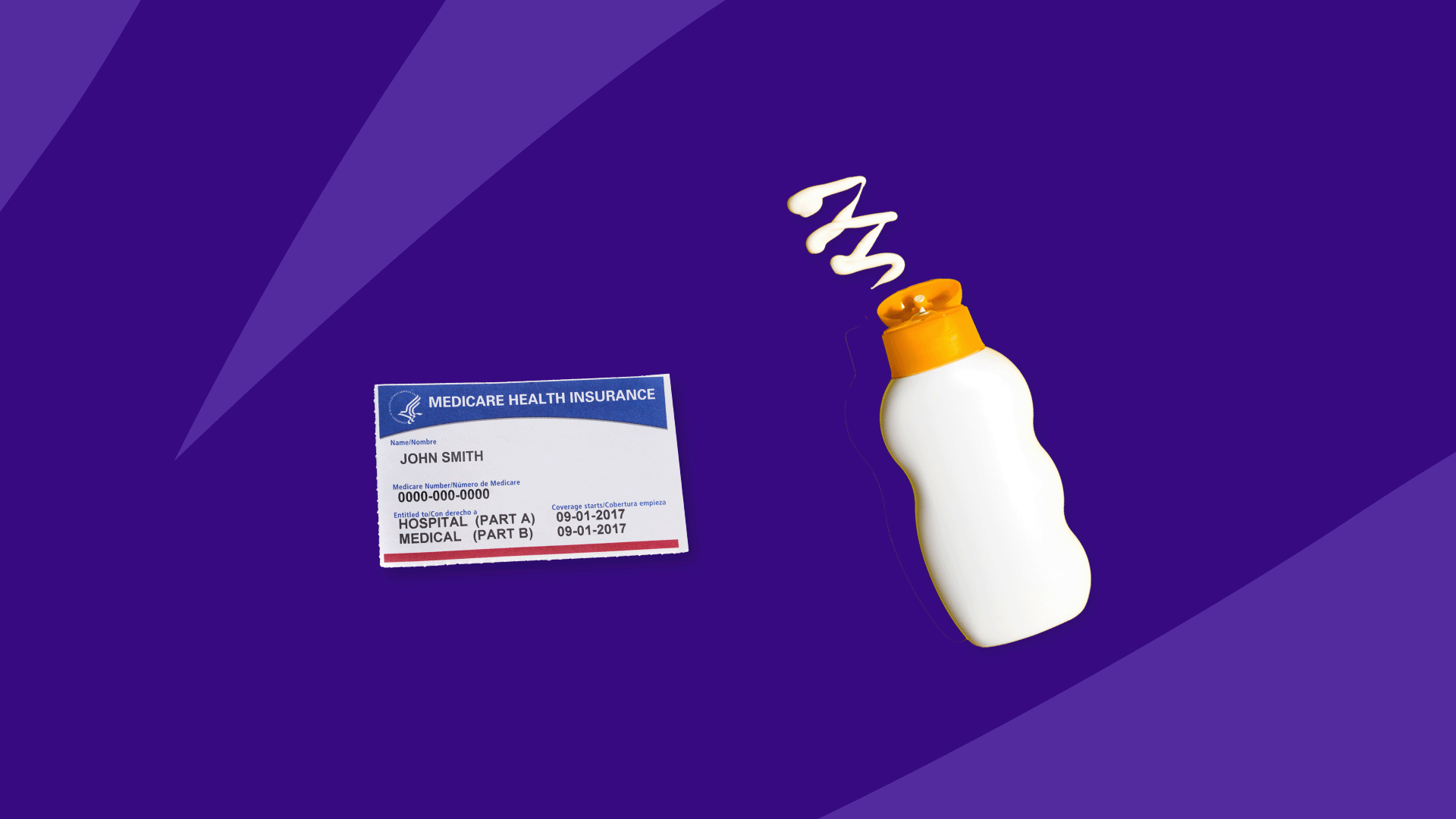Summer is in full swing, and with all of those pool parties, beach days, and woodland hikes, you may be down to your last few drops of sunscreen by now. After all, the Centers for Disease Control and Prevention recommends applying SPF liberally (minimum 1 ounce) and reapplying every two hours—including after getting wet or sweating a lot. So chances are you’ve probably burned through a bottle or two of the stuff already. (If you’re still using last year’s supply, you might need a new supply—sunscreen does expire!)
If sunscreen happens to be on your shopping list, do yourself a favor before swinging by the drugstore and check your benefits—it may very well reimburse your sunscreen costs. Meaning, you can save your skin and your money at the same time! Here’s what you need to know about using a health account to get reimbursed for sunscreen.
How much does sunscreen cost?
First things first: Sunscreen prices vary depending on a host of factors, according to Margareth Pierre-Louis, MD, a board-certified dermatologist in Minneapolis.
“Topical sun protection products range from $5 to $90 depending on the brand and its use as either a moisturizer, makeup, or cosmeceutical,” says Dr. Pierre-Louis. “Tinted, moisturizer, or primer sunblocks can be more expensive since they have dual uses and may be used as or to support makeup.”
One study found that the average person who purchases SPF 50 spends between $30.21 to $61.94 per year on sunscreen. The study also found that people who bought generic brands tended to save 40% to 50% compared to those who bought name brands.
When it comes to selecting the right sunscreen for you, there are a few factors to keep in mind, says Marisa Garshick, MD, FAAD, a board-certified dermatologist in New York City.
“It is best to find a sunscreen that is SPF 30 or higher and offers broad-spectrum coverage indicating protection against UVA and UVB,” Dr. Garshick says. “If you will be swimming or active, it is best to find a sunscreen that is water-resistant offering some protection up to 40 or 80 minutes, based on what is indicated on the label.”
Does insurance cover sunscreen?
While over-the-counter sunscreen is not directly covered by insurance, most are eligible for reimbursement through your plan’s FSA (flexible spending account), HSA (health savings account) or HRA (health reimbursement account).
RELATED: What’s the difference between HSA, FSA, and HRA?
In order for a sunscreen to be covered, it needs to be broad spectrum (meaning it blocks both UVA and UVB rays) and boast an SPF of 15 or higher (which is in line with the CDC’s guidance). There are numerous everyday products you may not even realize fall into this category, including lip balm, moisturizers with SPF, and baby sunscreen.
It’s important to remember, though, that every benefits plan is different, so Dr. Garshick says it’s “always best to check with your specific provider” first.
If you’ve already purchased sunscreen this summer but didn’t realize you could use your FSA, HSA, or HRA, don’t sweat it! In most cases, if you still have your receipt, you should be able to file a claim (either online or in writing) with your plan to get reimbursed. (You’ll want to check your specific account for how-to guidelines. Some HSAs, for instance, may allow you to reimburse yourself directly from your account, for instance.)
What other summer essentials are reimbursable?
Good question! Sunscreen costs aren’t the only hot-weather expenditures that may be eligible for reimbursement through your FSA, HSA, or HRA.
Even the most diligent sunscreen wearer may require a little aloe vera to soothe an accidental sunburn that arises and—good news!—it falls in the reimbursable category. (Though some may require a letter of necessity from your doctor.) And while you’re planning sun protection, don’t forget about those precious peepers. Sunglasses—prescription and regular—are also often reimbursable. And with summer bringing with it more outdoor activities, now might also be the right time to stock up on bandages or even an entire first aid kit (both of which are eligible) for all those bumps and bruises.
In addition to utilizing your insurance plan’s reimbursement options, you can help keep your costs at the drugstore down by using your SingleCare card for discounts on prescriptions not covered by your plan.











